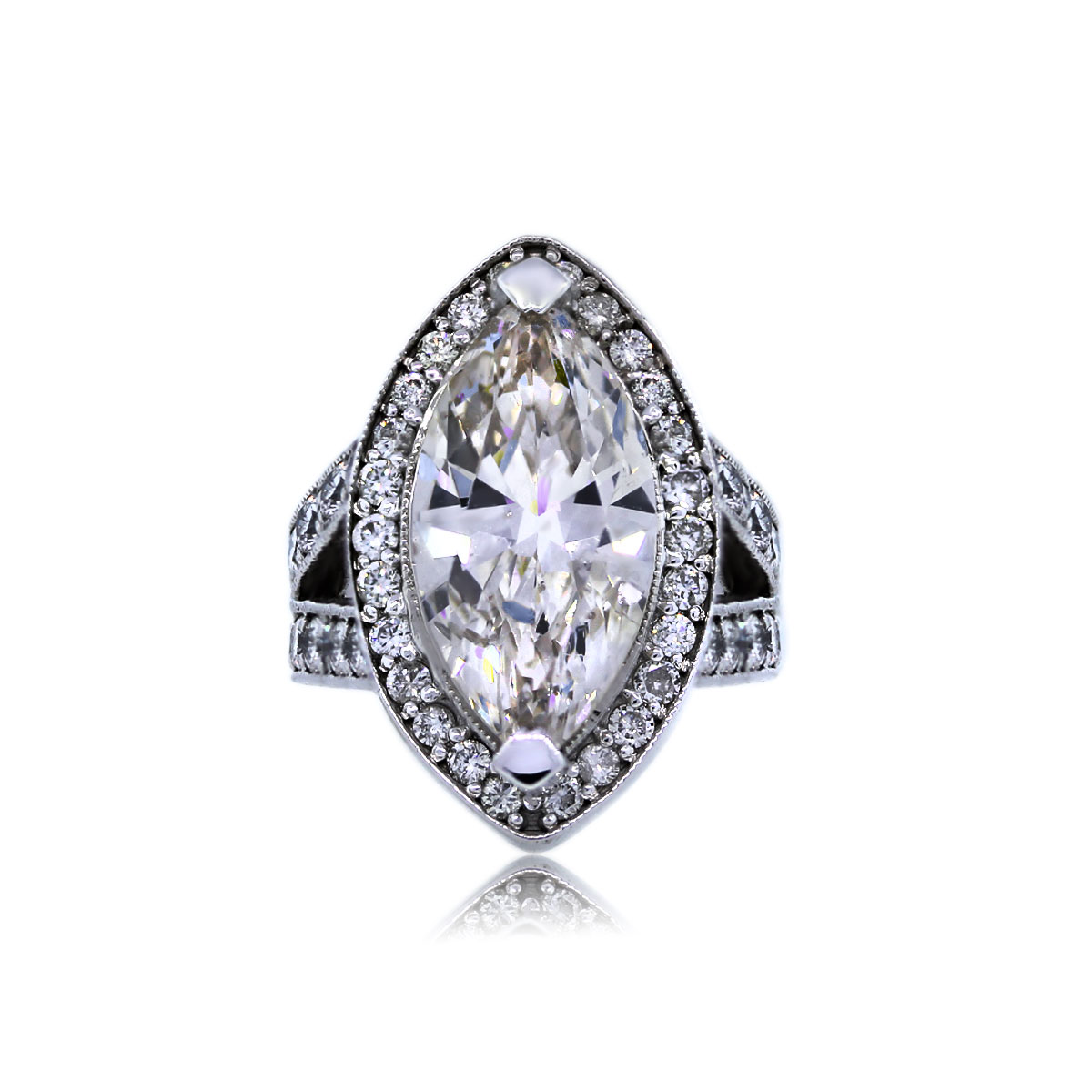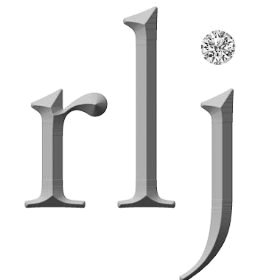Selling Diamonds in Boca Raton

Individuals who buy or sell diamonds in Boca Raton or the surrounding areas, should know as much as possible about the cut and quality of the diamonds in question. If they have rough cut diamonds and are looking to sell, they must remember that up to 60 percent of the diamond’s total weight can be lost in the process. Depending on the diamond’s quality, this can dramatically influence the overall sale price.
The Four C’s
Learning about the process that determines each particular diamond’s quality and the cut that will best display its brilliance is extremely important if a person plans on buying or selling diamonds in Boca Raton, they must understand the elements that contribute to the quality of a diamond.
- Color – Diamonds vary in color from clear (very rare) and shades of light to moderate yellow. A “D” diamond is close to perfection, while diamonds that are rated “L” or “M” have a visible tint to them. Tints and their variations show up differently depending on the type of metal the jewelry is made of. Lighter colored metals such as platinum, silver and white gold, will show hints of yellow in the tint if it is noticeably visible.
- Clarity – No diamond is flawless. Each and every one will have a flaw. Some are more pronounced than others and some may be almost invisible. A trained jeweler, however, will be able to locate them. Diamonds that are rated SI3 have flaws that are invisible to the naked eye. Those that have flaws that are hard to detect even with a jewelers’ loupe, are said to be VS1 and VS2 level of clarity.
- Cut – When buying pre-cut diamonds,, it’s best to choose at least two cuts. The size and quality of the diamond will determine which cut is used to bring out its sharpness and brilliance. Popular cuts often used for diamonds include: Pear, Marquis, Round, Oval, Princess, Heart, Emerald and Radiant. Each cut is designed to enhance the stone that bears it.
- Carat weight – Although carat weight is normally ranked highest in importance when determining a stones’ price, it has little to do with its actual beauty. The size and carat weight chosen will determine on what is desired by the person buying it. 1/2 – carat, 1 – carat and 2 – carat diamonds are most commonly chosen, especially for engagement or bridal sets. In some cases, a man will spend up to 3 months salary on an engagement ring. For something of that price, it is best to know exactly what the person who will be wearing the jewelry wants. The majority of women would opt for beauty over size when it comes to having the ring or piece of jewelry of their choice.
The Cut
The cut of a diamond is comprised of five main elements. The largest surface located on the top of the stone is called the “table”. The crown is the uppermost section of the diamond that connects the table to the diamond’s girdle. The girdle forms the widest edge of the diamond and connects the crown to the pavilion. The next section, the pavilion, is the tapered area of the diamond that connects the girdle to the culet. The last element of the diamond is also the smallest. The culet is located at the bottom of the diamond and its size can play an important role in the quality of the stone.
Light effects diamonds in three distinct ways. They include:
- Reflection – This is the term used for light that enters any facet of the diamond and is reflected up through the top or table facet.
- Refraction – Remaining rays of light that enter the diamond and proceeds to bounce off of other walls is called refracted light.
- Dispersion – Dispersion causes the light that exits the diamond to show itself as a variety of colors. while light can exit the diamond in several different facets, Reflected light that exits through the top facet of the stone, or its table, is known as its “fire”.
A diamond’s brilliance and the fire it emits will depend on the its cut. Cuts, facets and other measurements of a diamond are determined in millimeters. The depth of a diamond is measured from the top of the facet to the tip of the culet. Its depth percentage is based on the ratio of the diamond’s total depth compared to its width.
The table of a diamond is also measured in millimeters. The width of the table and how it compares to the width of the entire stone is called the table percentage. The measurements of a diamond are used to determine its symmetry as well as the quality and precision of its cut. As the top, uppermost section of the diamond, the table will set the stage for every other fact that is cut.
The three major cuts are shallow, ideal and deep. A shallow cut allows for less distance between the girdle and culet, while a deep cut allows for much more length between the two. An ideal cut is of average angle and gives the diamond a more symmetrical, balanced appearance. The type of cut used is often determined by the shape of the rough stone.
The “make” of a diamond is determined by every facet of a diamond’s cut, clarity and quality. Diamonds that exhibit exceptional brilliance and fire are considered to be “super ideal”. With less than 5 percent of loose diamonds meeting these standards, they are extremely rare and difficult to purchase in Boca Raton or other areas known for exceptional diamonds.
Diamonds that have a good “make” are still very beautiful and can have exhibit a high level of brilliance and fire. These are ideal for individuals who are looking to purchase engagement rings or bridal sets and still remain within their budget. Diamonds that range from good to very good, are quite similar with very good diamonds emitting slightly more light and a modest amount of fire and brilliance.
